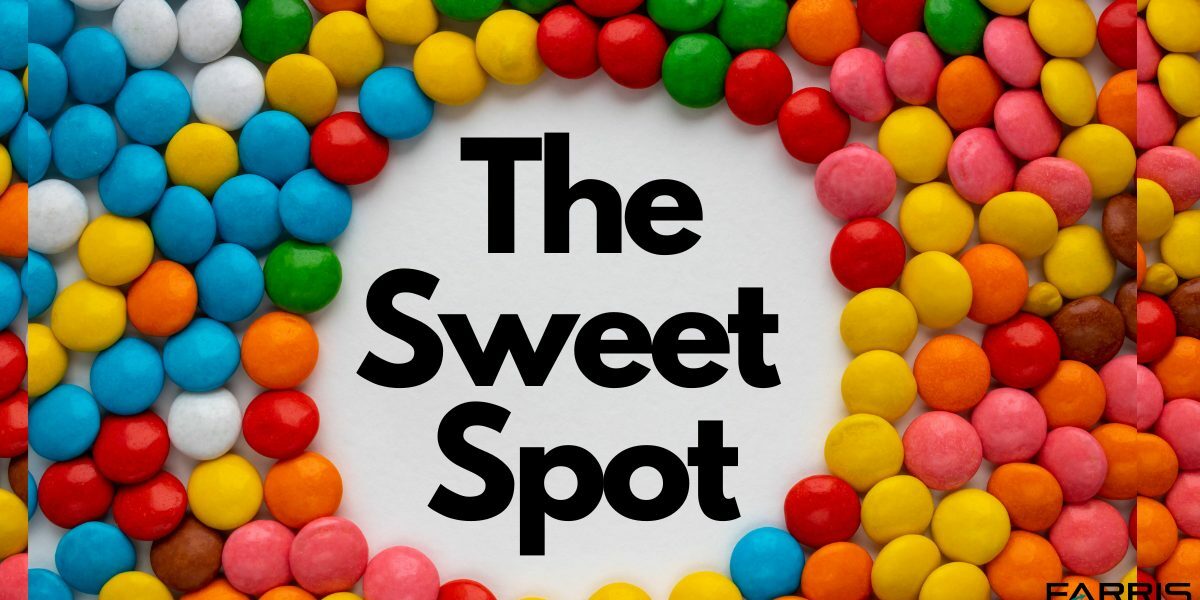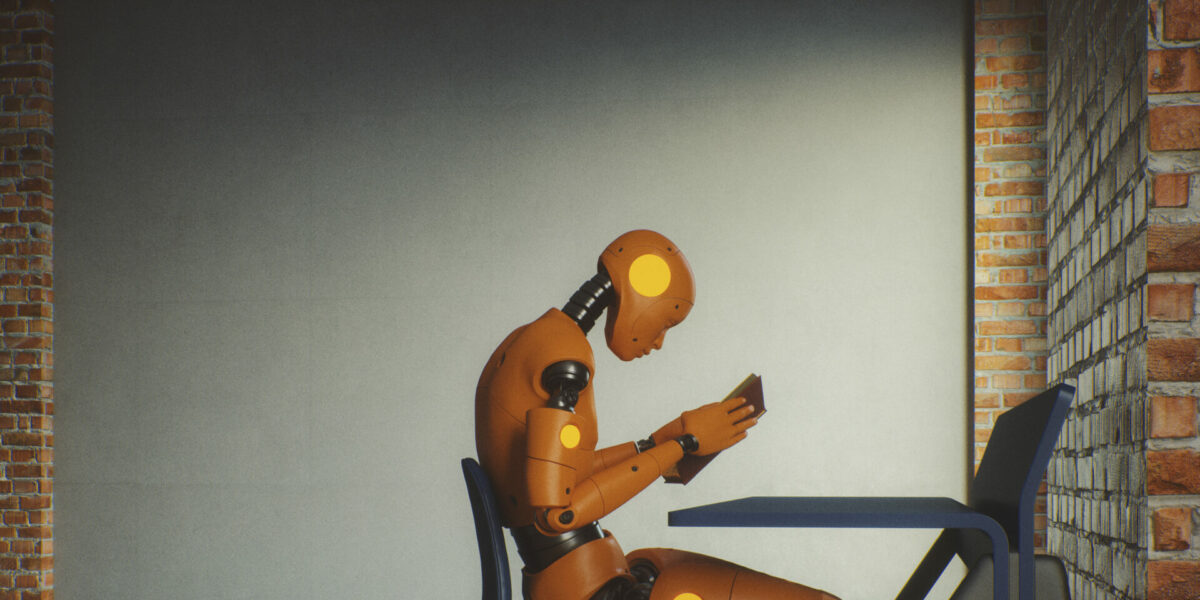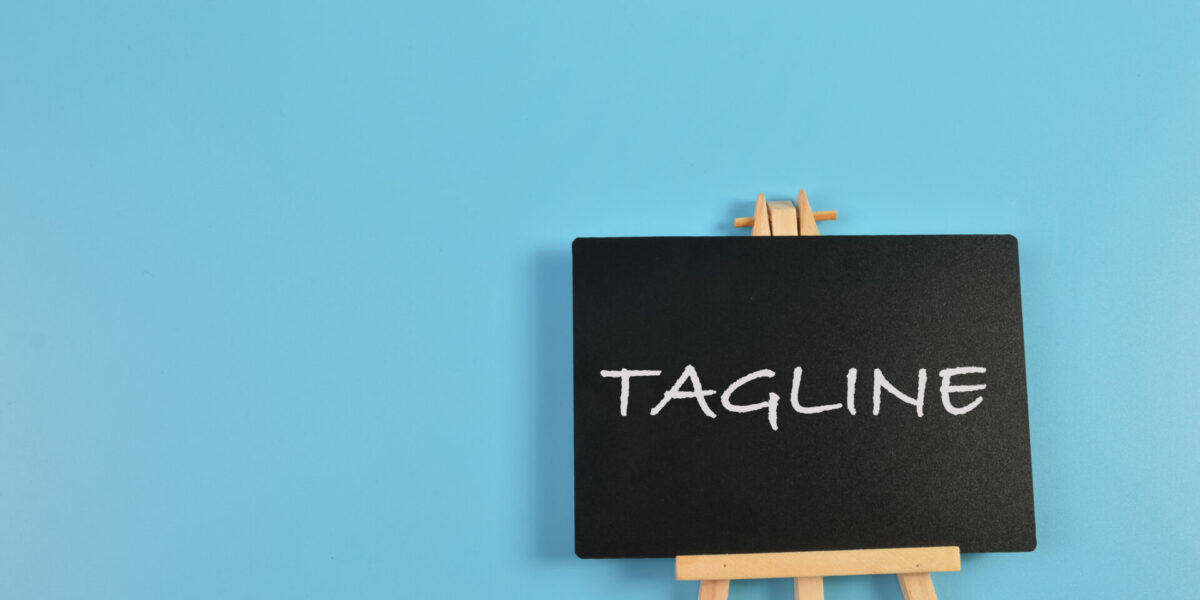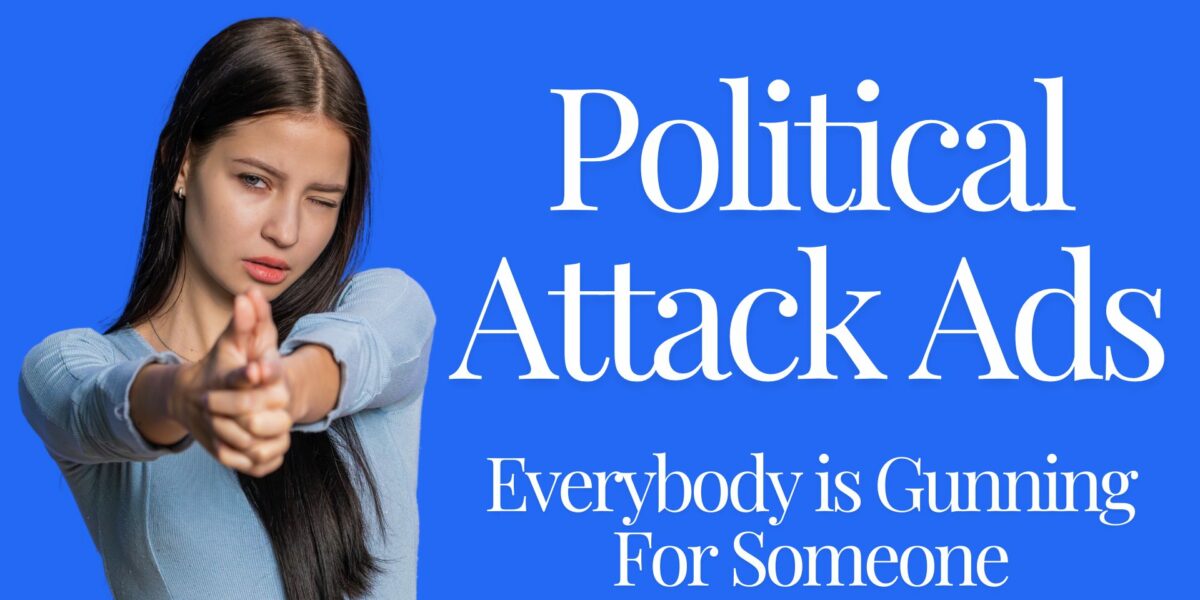No one wants to pay more taxes, right? Yet many people voluntarily pay more taxes — by voting for tax levies. In Ohio, you can fund levies by adding to real estate taxes or increasing sales taxes on retail purchases.
Levies can be temporary taxes that expire in 4 or 5 years, or they can be permanent. If the levy measure is approved, it becomes law and might fund a variety of public expenditures such as schools, libraries, public transit, and public safety.
In the last 30 years, we’ve worked on more than a dozen levy campaigns. Some were new taxes, some were renewals. All were passed by voters. But don’t get the impression that all levies pass. Far from it.
Everyone has seen school levies flop miserably — usually because a school district superintendent and his/her board members were out of touch with voters. Head-in-the-clouds school boards assume voters dream of providing a Taj Mahal-style campus for students in addition to a quality education.
Levy committees sometimes forget the majority of voters struggle to pay their mortgage, keep the car running and children in decent clothes. Even if they don’t struggle to pay the bills, would they prefer to spend the extra dollars on a new lawnmower, a family vacation, or paying more taxes for a new school building?
Researching for this column, I found what I expected to see online — software that offers organizing, planning, and communication tools for conducting levy campaigns. You can set up automatic emails, autonomous social media posts, and templates for public presentations. Those tools are great. I believe in making communication smooth and efficient. But tools don’t convince voters to say yes.
MOST VOTERS ARE NOT USERS
Another complicating factor in passing levies is most voters will not directly benefit from the levy. Most of the voters don’t have kids in school. Most do not ride public transportation. Most voters do not use libraries. Most will never use or call the police or fire departments for help. Yet, time after time, residents will vote to increase taxes to fund levies for schools, public transportation, libraries, police, and fire. But it’s not software and automatic emails that convince them to vote yes.
MESSAGE MAKES THE DIFFERENCE
It’s the message that makes the difference. Voters are usually willing to pay more taxes to protect and preserve their families, their health, community, and way of life. But you must prove the new tax is necessary to accomplish that goal. You have to clearly show the problem and their choices. You must explain how their “yes” vote fixes the problem and what will happen if the problem is not fixed.
Over the years, we’ve developed a six-question formula as a guideline for developing the messaging. Answer these six questions and you’ve got your message.
MESSAGE FORMULA
- What problem does the community have?
- How bad is the problem?
- What will happen if the problem is not fixed?
- What has been tried so far?
- What choices does the community have?
- What can the community do to help eliminate or reduce the problem?
Generally speaking, not all levies are worthwhile, as the Taj Mahal example illustrates. But if given facts and a choice most will vote for a levy if it is honest, needed, and reasonable.
Just remember, while the software is nice, it’s the message that makes the difference. ##













Comment